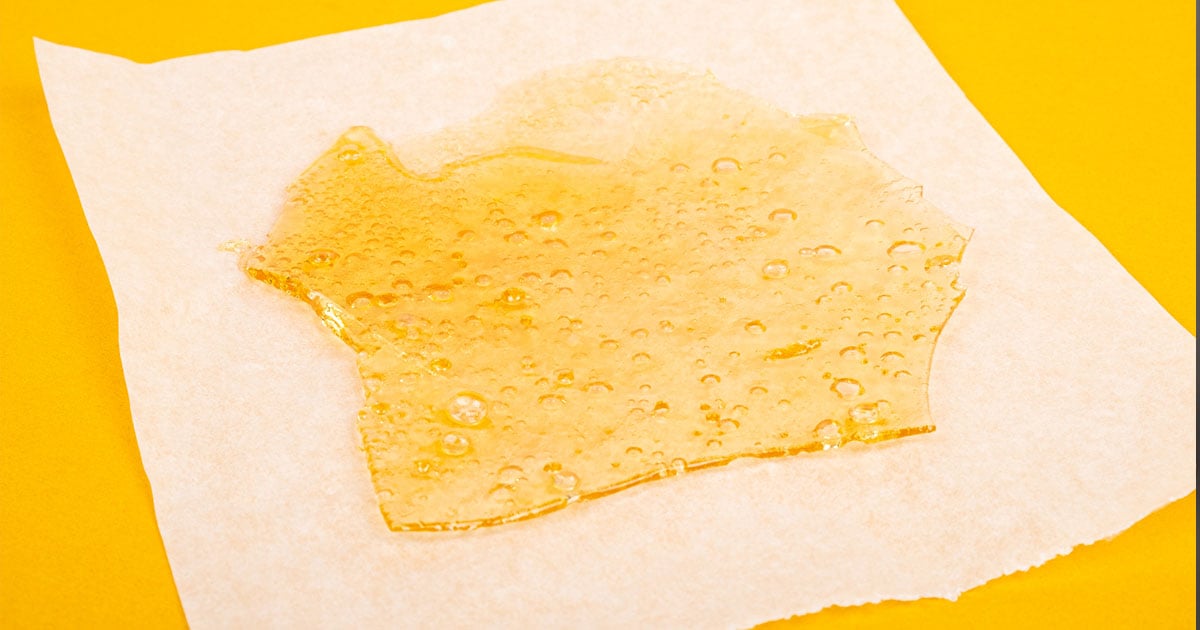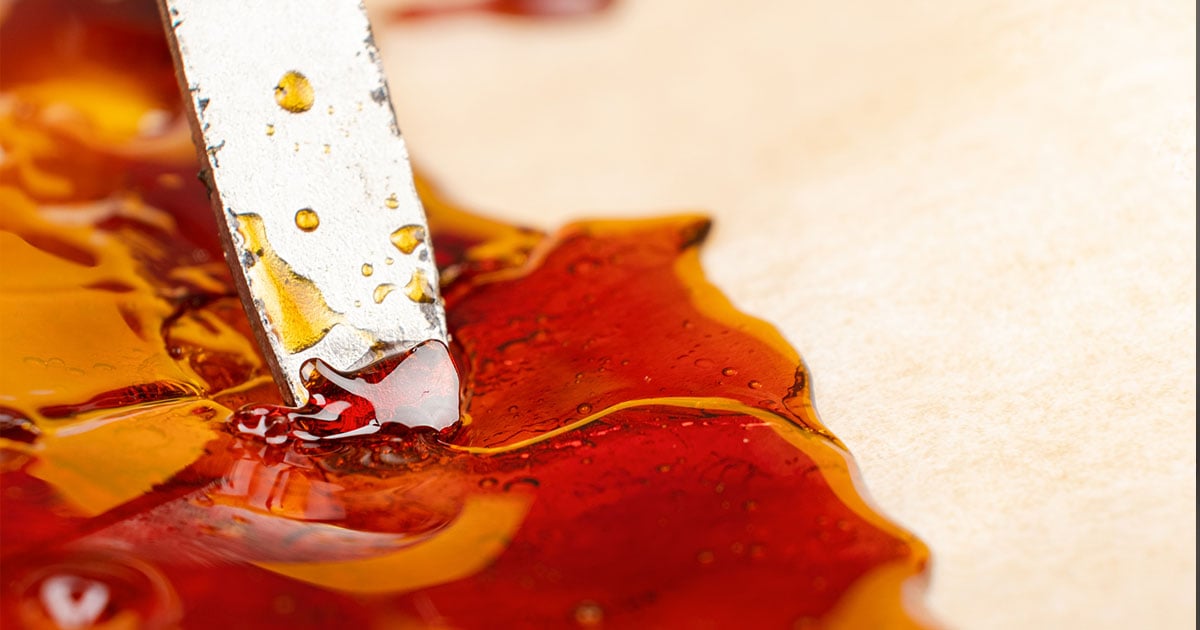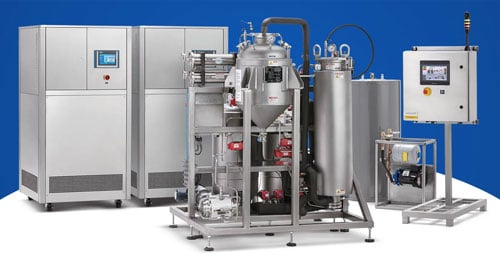
In cannabis processing operations, safety systems are necessary to keep workers safe and used to maintain successful and normal operating conditions. As a business owner, you need to ensure your facilities comply with required safety codes. Let us discuss the differences between C1D1 and C1D2 to determine the proper classification for your facility.
What Are Safety Location Classifications?
In cannabis processing operations, the risk of fires and explosions is ever-present. As a processing operation, businesses must carefully consider which safety location classification is right for them. Is C1D1 or C2D2 the best option? Sometimes, both C1D1 and C1D2 are necessary to maintain normal operating conditions.
When a manufacturer uses hazardous substances like hydrocarbons or ethanol solvents, they must follow government regulations that protect the safety of the operations and workers. Beyond the cannabis industry, these safety regulations are applicable in various industries, including chemical plants, flour storage silos, and paint shops.
C1D1 vs. C1D2: What Is the Difference?
In cannabis processing facilities, class and division classifications describe hazardous locations where explosive and flammable gases are used. During the extraction process, volatile flammable liquids like butane, propane, and ethanol are used.
Cannabis manufacturing facilities feature a wide range of C1D1-compliant safety features where fire hazards exist. For example, gas monitoring systems can warn employees if the hazardous gas levels are close to or at an ignitable level.
Proper ventilation can remove gasses to optimal levels to reduce safety risks. In the event of an incident such as a ventilation failure, the separate area is isolated from the rest of the facility to reduce the risk of damage elsewhere.
Class 1, Division 1 Locations
Class 1, Division 1 locations (C1D1) are areas “in which ignitable concentrations of flammable gases or vapors may exist under normal operating conditions; or in which ignitable concentrations of such gases or vapors may frequently exist because of repair or maintenance operations or because of leakage; or in which breakdown or faulty operation of equipment or processes might release ignitable concentrations of flammable gases or vapors, and might also cause simultaneous failure of electric equipment.”
In other words, it’s assumed that the atmosphere contains an ignitable concentration of flammable vapors under normal conditions.
Class 1, Division 2 Locations
Class 1, Division 2 locations (C1D2) are areas “in which volatile flammable liquids or flammable gases are handled, processed, or used, but in which the hazardous liquids, vapors, or gases will normally be confined within closed containers or closed systems from which they can escape only in case of accidental rupture or breakdown of such containers or systems, or in case of abnormal operation of equipment; or in which ignitable concentrations of gases or vapors are normally prevented by positive mechanical ventilation, and which might become hazardous through failure or abnormal operations of the ventilating equipment; or that is adjacent to a Class 1, Division 1 location, and to which ignitable concentrations of gasses or vapors might occasionally be communicated unless such communication is prevented by adequate positive-pressure ventilation from a source of clean air, and effective safeguards against ventilation failure are provided.” Here, it’s assumed that under normal conditions, there is not an ignitable concentration of flammable vapors but rather that an explosive atmosphere may be possible with equipment or procedure failure.
This is the main difference between C1D1 and C1D2.
What Are Unclassified Locations?
Unrated or unclassified locations are non-hazardous areas with minimal or no risk of flammable vapor ignition. Based on the safety hazard classifications, these locations do not fall under C1D1 or C1D2. Unrated locations have a very minimal risk of leading to an explosion. Unclassified locations are found where the hazardous gas concentration is assumed to be below 25% of its lower flammability limit or lower explosive limit even if equipment breaks down or closed containers are ruptured.
Is Your Cannabis Processing Business C1D1 or C1D2?

Determining whether your cannabis processing facility must meet C1D1 or C1D2 requirements is not straightforward. The Occupational Safety and Health Administration (OSHA) requires state regulators to enact firm guidelines for cannabis extraction companies.
Classifying Cannabis Extraction Laboratories
As a business owner, knowing whether your facility falls under a C1D1 or C1D2 classification depends on various factors, including the products being produced, the type of equipment in use, and the amount of solvent being stored.
Ethanol Extraction
Ethanol extraction laboratories are classified depending on the operating procedure and equipment.
Most winterization involving ethanol must be performed in a C1D2 room because of the ethanol vapors that can be released during the process by most equipment on the market. During the process, a reaction vessel has small amounts of ethanol. If the winterization process is performed in a deep freezer, typically, the freezer must be rated for C1D2 at the least.
Hydrocarbon Extraction
Butane hash oil (BHO) extractions and their winterization processes typically must be performed in a C1D1 or C1D2 location.
Like with ethanol extraction, the winterization process after the primary BHO extraction run may need a C1D2 location when using reaction vessels containing hazardous gasses.
Separating Hazardous Operations in a Lab
Safe cannabis extraction processes using closed systems require operators to separate extraction rooms that require pressurized vessels. Usually, operators build out at least a couple of rooms, one for high safety classifications, and the other for standard operations such as distillation, vacuum ovens, storage, and decarboxylation.
How to Classify Your Cannabis Processing Business
When starting your business operation, we recommend hiring an experienced team of professional safety consultants as soon as possible to help you create a safe environment to minimize hazards. Consultants will help you invest in suitable facilities and equipment to remain compliant and reduce explosion and fire hazards.
Choosing a Knowledgeable Equipment Manufacturer
Luna Technologies’ experienced team of engineers provides automated solutions for hydrocarbon and ethanol extraction. We understand the importance of complying with building and fire codes. We provide manufacturers with equipment that is compliant and peer-reviewed.
If you are ready to build out your C1D1 or C1D2 operation with the best hydrocarbon and ethanol closed-loop systems closed-loop systems in the industry, get in touch with one of our knowledgeable salespersons to help find the right solution for you.


